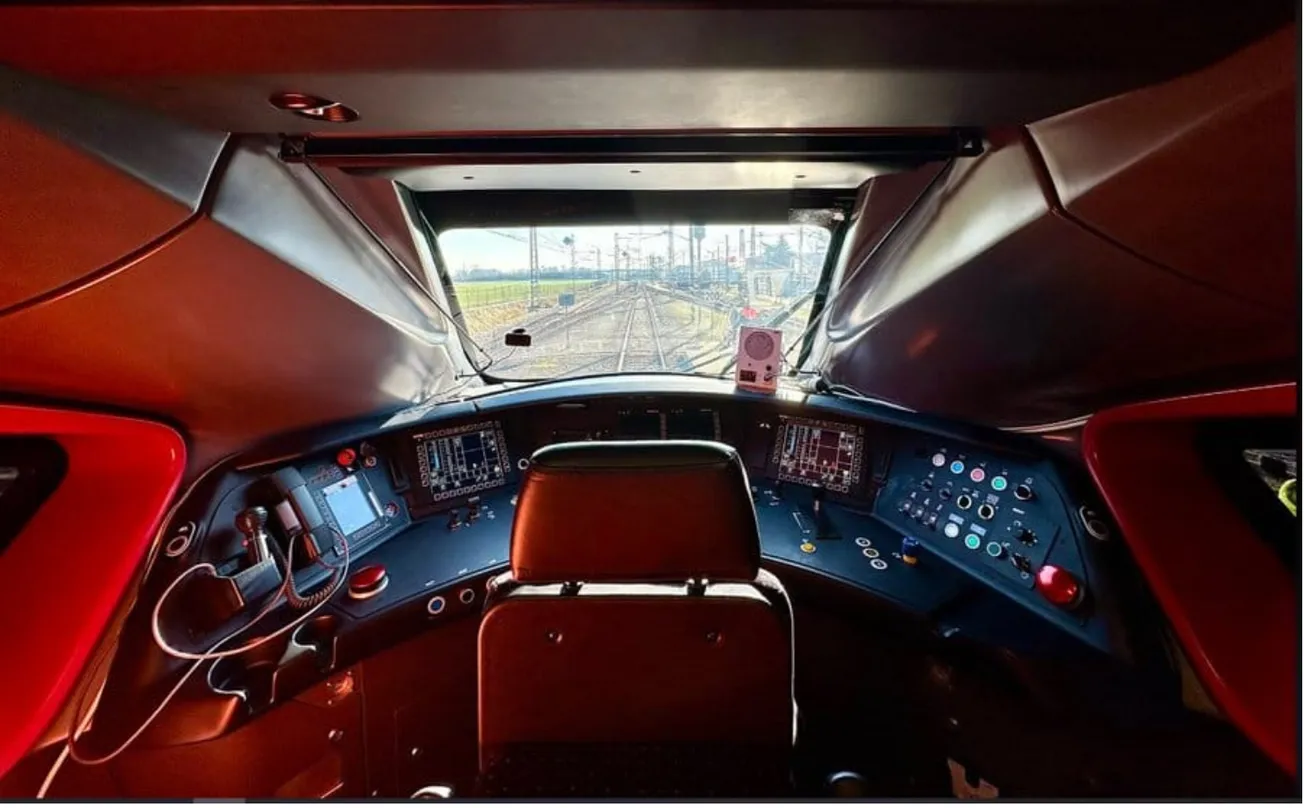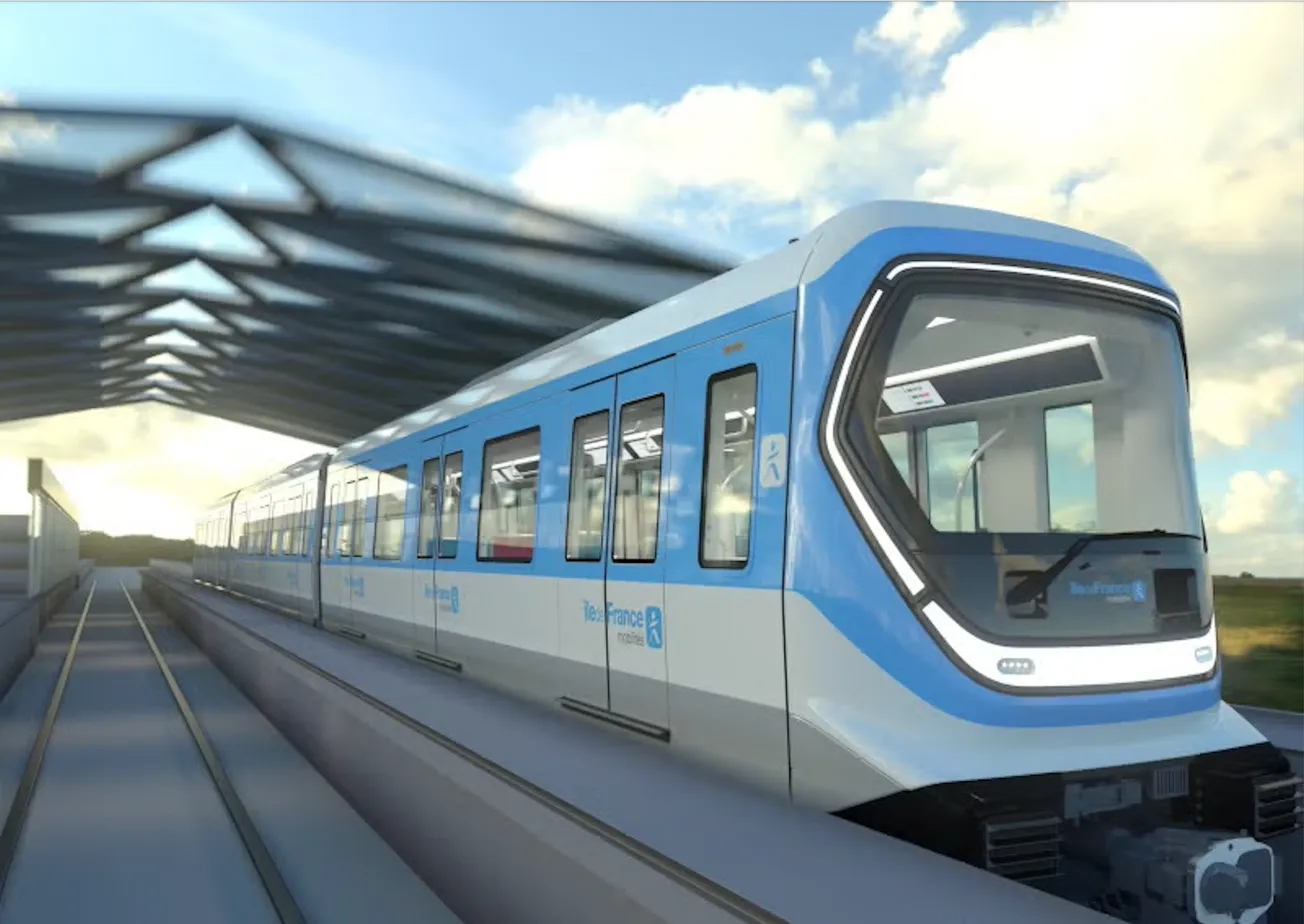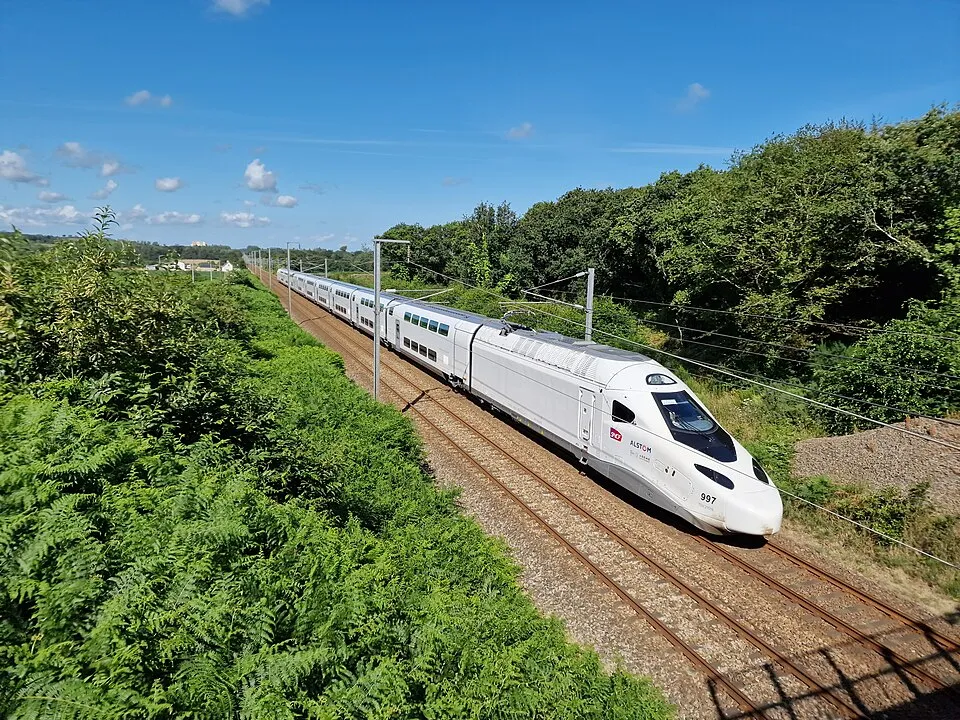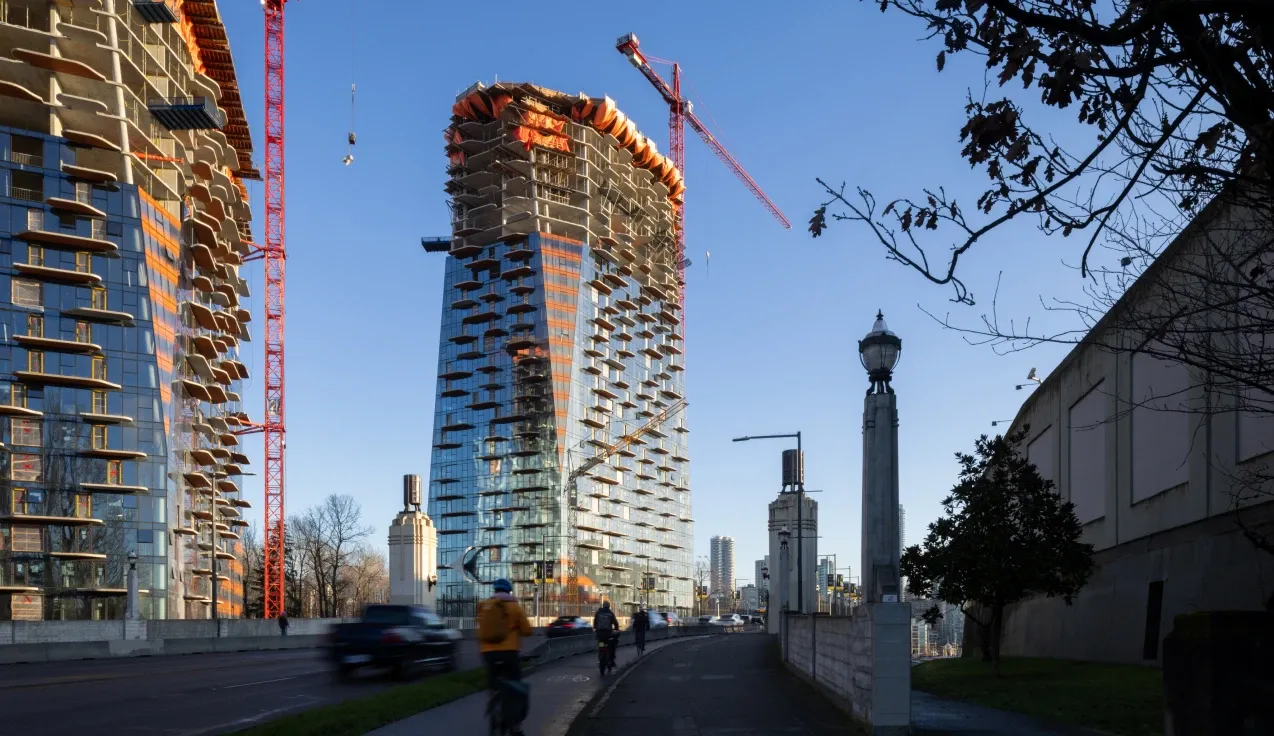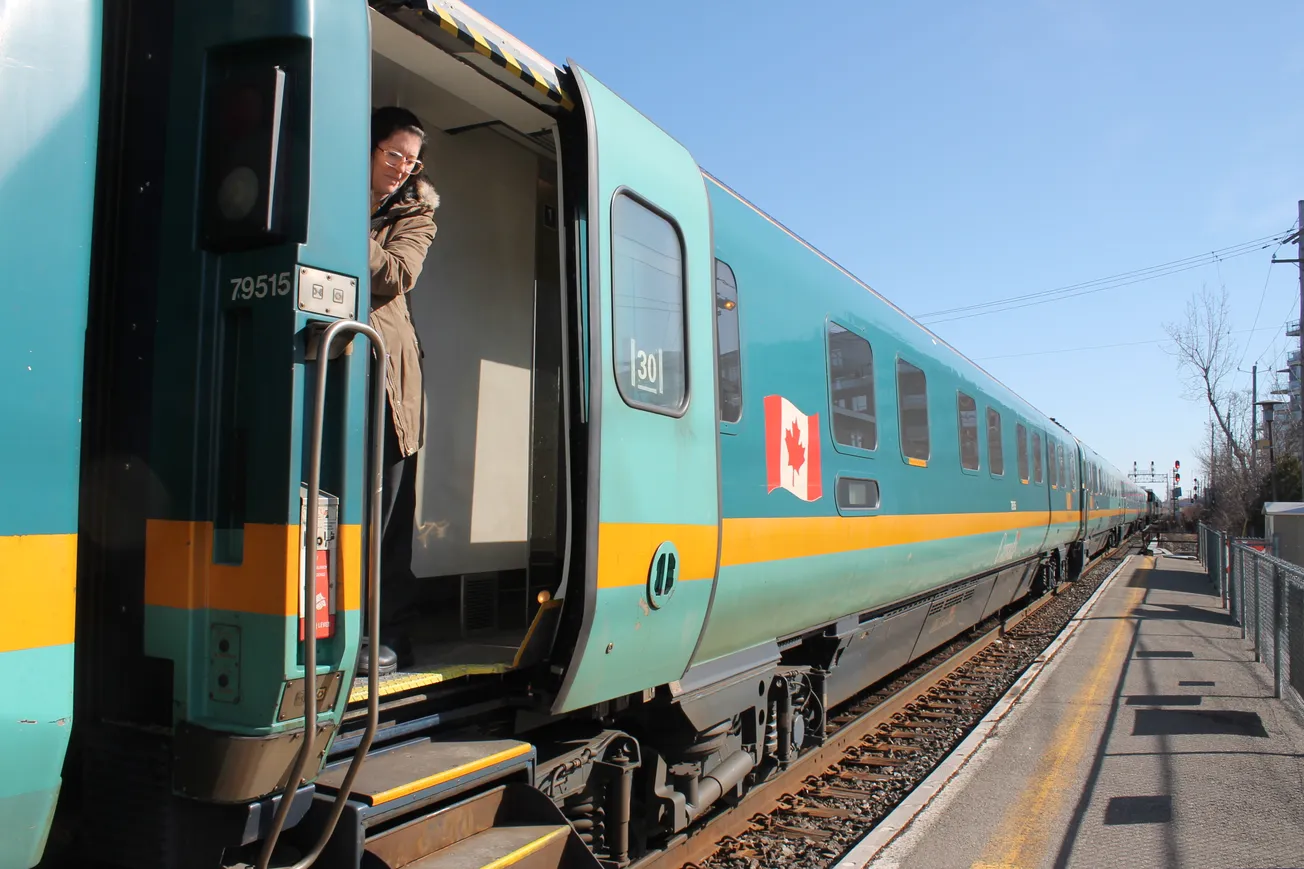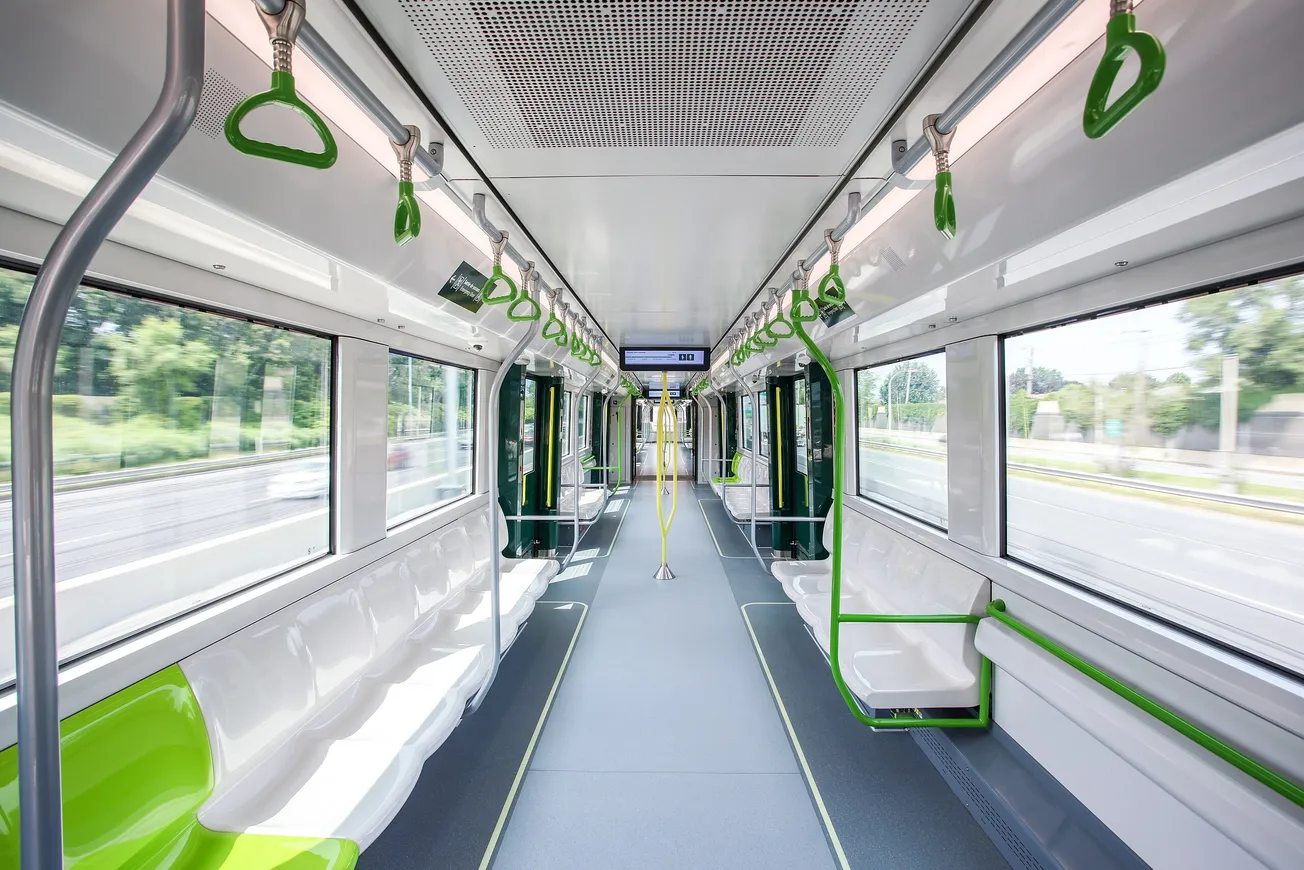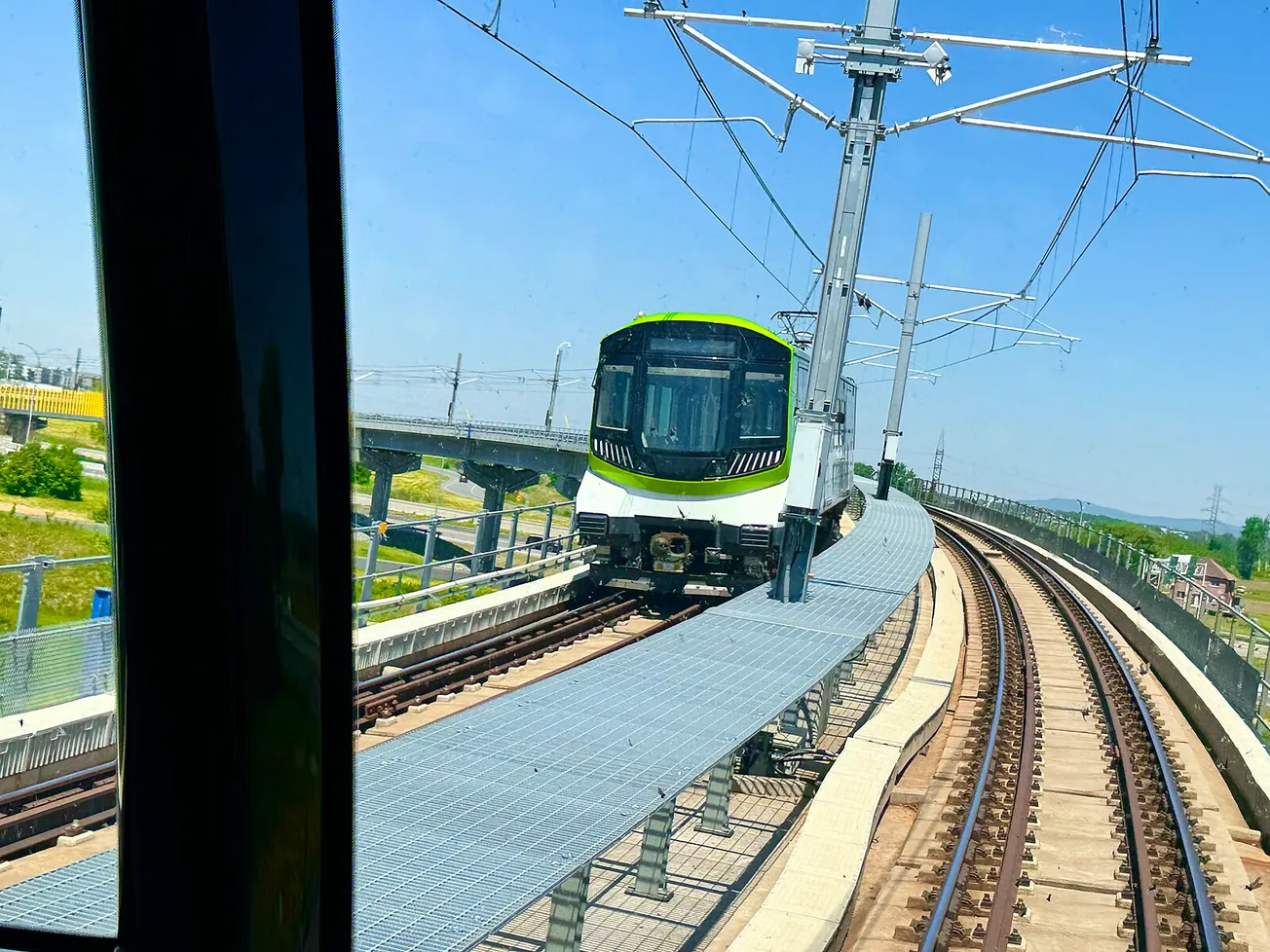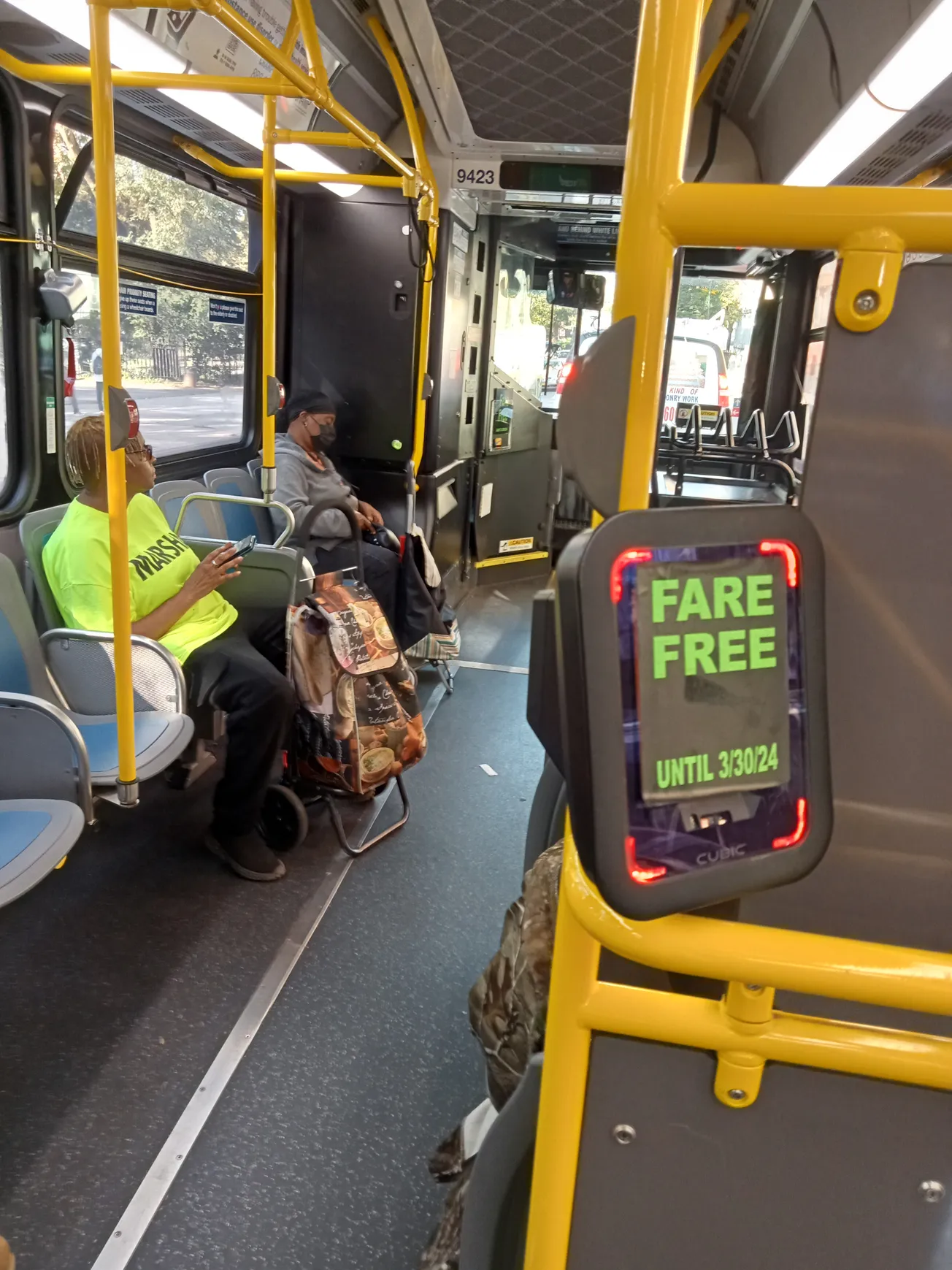A Peek Inside France's TGV M, the Modular Train Setting a New Standard for High-Speed Rail
// Regular readers of this newsletter will know that I'm an ardent advocate for high-speed rail. (I suppose the blog's name is a teeny, tiny giveaway.) The electric-powered bullet train is a proven technology, one now in its seventh decade, that provides efficient, comfortable, and sustainable transportation in Europe, Asia, and now, North Africa. If you've had the opportunity to ride a TGV, a shinkansen, or an AVE, you won't have to be convinced: the epiphany, as you stroll aboard in an architecturally-stunning station in the heart of Strasbourg, Kyoto, or Madrid, is nearly instantaneous. As a form of inter-city travel, railways beat runways and freeways hands down, especially for trips between destinations up to 800 kilometers (500 miles) apart.
People trot out a whole bunch of excuses—cultural, geographical, historic, economic—for why true bullet-train networks are absent from the Americas, Great Britain, Australia and New Zealand. All of them are bad. The simple fact is that we should have started the project of building modern inter-city rail networks in the Anglosphere and Latin America at least a generation ago. Because we didn't, we're now paying the price, and get to gaze in envy at those parts of the world where people are boarding sleek, ultra-modern trains, while we moan: "Why can't we have nice things here?"

Take the TGV M, which Alstom unveiled to the public last week in Paris's Gare de Lyon. The train à grande vitesse (TGV) is now a mature technology in France, the second country, after Japan, to really throw itself into the development of bullet trains. (I'm aware some Italians might object to that statement.) The first TGV, code-named C01, was something to see. Its designer, Jacques Cooper, whose specialty was sports cars, modeled its aerodynamic nose on the front of a Porsche Murène (see above), instructing his clients to envision the train as “metal flowing through space.” It was bright orange on the outside, with clementine-hued leatherette seats inside, and—this being the eighties—phone booths in each car, and ashtrays in every armrest. Most of all, it was fast, faster even than the Shinkansen: in its first year of operation, 1981, the orange streak set a world record of 380 kilometers (236 miles) per hour.


